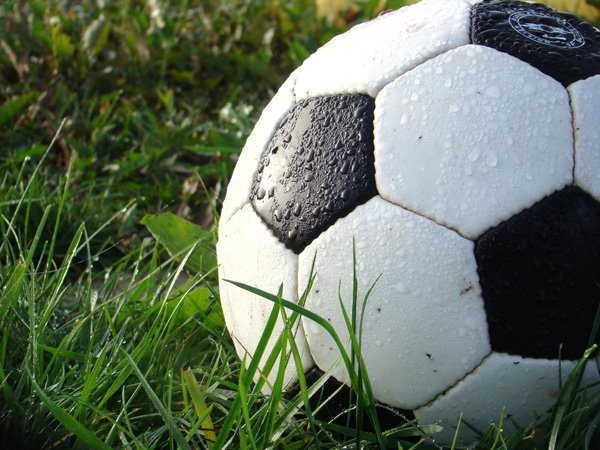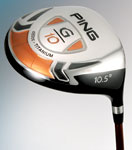Bluegill Fishing Tips
The bluegill is native to central and eastern United States but has been introduced throughout much of North America. Many a young angler boasts the delicious bluegill as a first catch, while seasoned anglers using light tackle find it a valiant fighter. Bluegills are generally found in slow moving or standing water where there is plenty of vegetation or other shelter. Rarely will a bluegill chase food items; therefore, it's important to fish very slowly. This is true whether you use artificial lures or live bait.
Seasonal Location
Spring and summer is by far the best period to catch bluegills because they congregate in the shallows to spawn, become very aggressive, and are particularly easy to catch. Although bluegill can be found in very shallow water in spring and early summer, they move into deeper water as summer progresses. In summer, bluegill can be found along the edges of weed beds, around brush piles, stake-beds, and flooded timber, especially if deeper water is nearby. Bluegill are commonly found in water over 10 feet deep in summer. In fall, bluegill are usually found in similar locations as late summer. As the water begins to cool in early fall, bluegill will often move into shallower water more often. In winter, bluegill are usually found in deeper water, usually 12 to 20 feet deep. They school near underwater structure, usually near the bottom.
Tackle
Bluegill do not grow to huge sizes so select your rod and reel accordingly. Many serious bluegill fishermen use ultra-lite graphite spinning rods and tiny reels. In clear water, light line is less likely to be detected by fish. Line weights from 2 to 4 pound test work best.
Bait
The most common baits are worms and night crawlers because they are readily available and bluegill love'em. The key is to use only a piece of a worm that is just enough to cover the hook. Other productive baits include crickets, grasshoppers, red wrigglers, and meal worms.
Bobber Fishing
The most popular technique for catching bluegill in spring and summer is the bobber and worm. This method is popular because it is easy, especially for kids. Bluegill don't like to chase their food so a slow or almost motionless presentation is often best. A small bait hanging below a bobber is usually more than a bluegill can resist. Be sure to use a small bobber that is just big enough to float your bait.
Bottom Fishing
Another effective technique is to cast your bait and let it slowly sink to the bottom. Use as little weight as possible so that your bait sinks slowly and so bluegill don't feel resistance when they pick it up. Using an ultra-light rod and reel with light line will allow you to cast your bait with no weight at all. If your bait sinks slowly, bluegill will often bite as it is sinking. If your bait makes it to the bottom without a bite, watch your line closely for a sign that a bluegill has picked your bait off the bottom. If you don't get a bite in a few minutes, reel in and cast to a different spot.
Drift Fishing
Drifting is a very effective method for catching bluegill, especially in late summer when bluegill are often suspended in open water, is to drift across the lake in a boat with baits down 10 to 15 feet.
Fly Fishing
Because small insects are a major part of the bluegill's diet, an artificial fly resembling these insects is usually irresistible. Flyrods work best for fishing shallow waters. Try one when fishing among spawning beds in spring or along the edges of weed beds later in the season. Surface flies, poppers, or rubber-legged spiders will take fish in early morning or late evening when the fish move into shallows to feed. Bluegill are not as picky as some trout, so most fly patterns will work. The best flies are typically small and black.
Ice Fishing
They are popular with ice fishermen who typically use small flies or teardrops tipped with insect larva. Because they sometimes suspend in the winter, ice fishermen often use depth finders to zero in on the appropriate depth. Look for actively feeding bluegill near the bottom around weed beds, brushpiles, and points in water 12 to 15 feet deep.
Guidance And Tips For Amateur Anglers On How To Catch Salmon Whilst Fishing
Basic Striped Bass Fishing Tips


